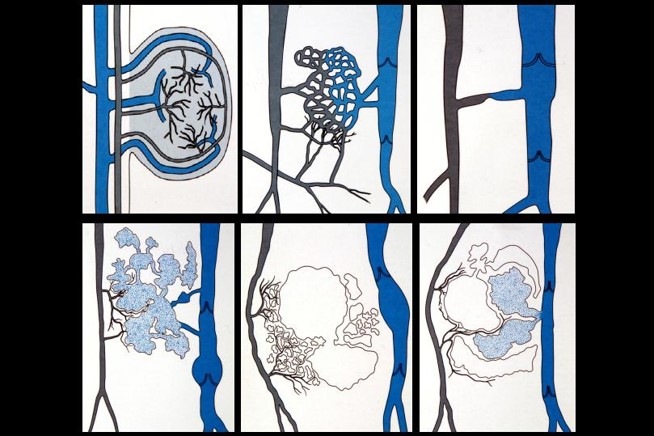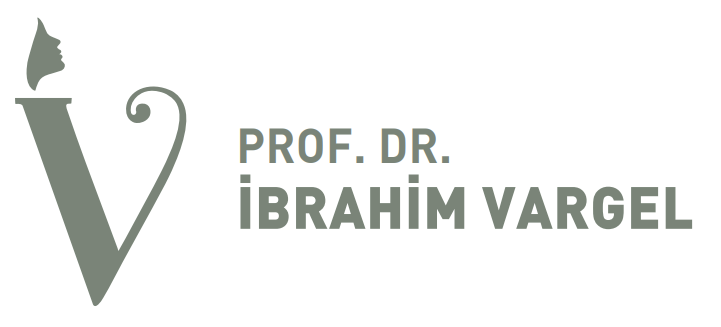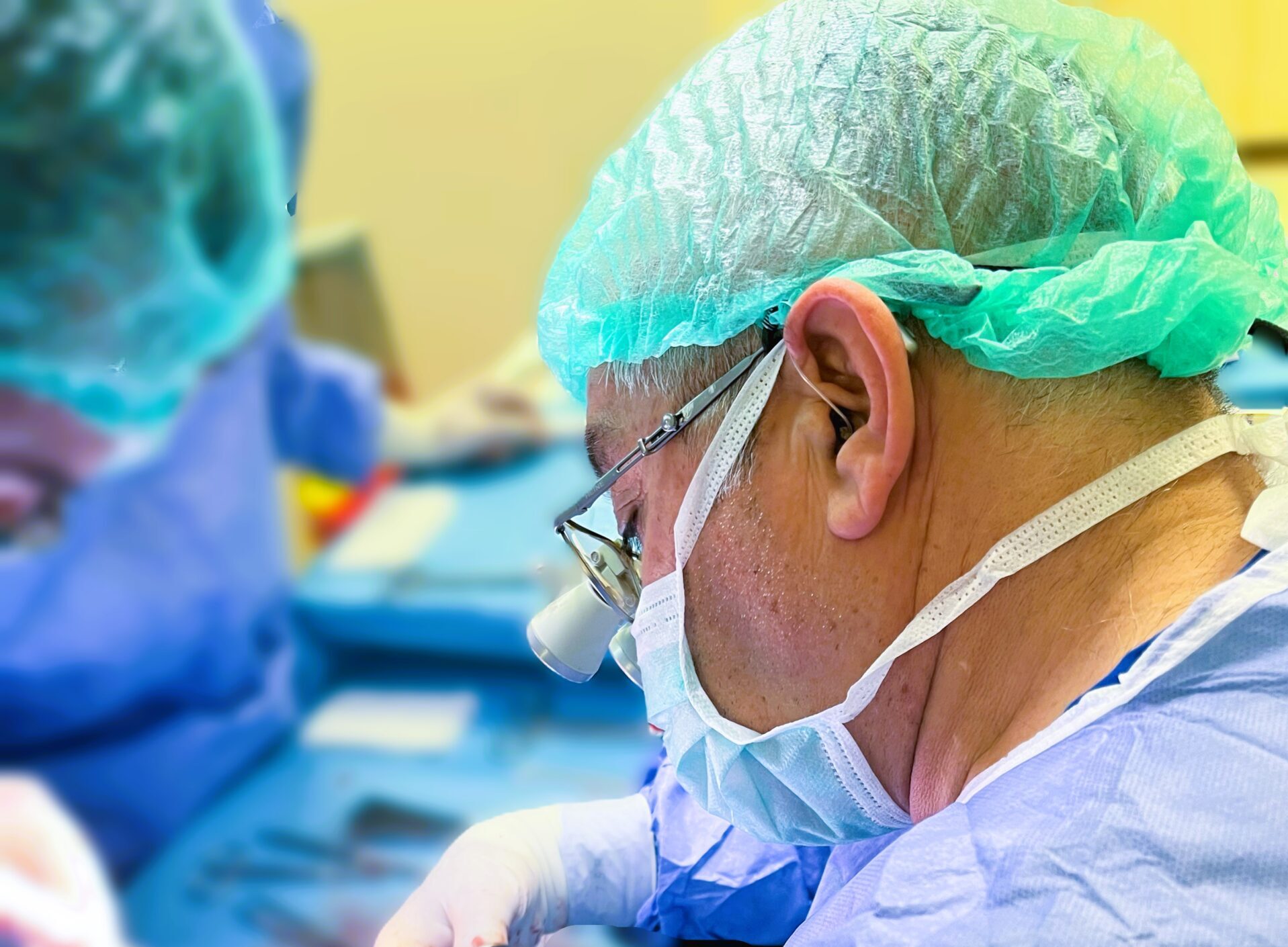What is Vascular Anomaly?

Vascular anomalies are used to enlarge vascular anomalies, cracks and vascular tumors that grow at birth or in the postnatal period. Commonly seen in society Vascular anomalies are divided into two subgroups: Tumors/hemangiomas and vascular malformations.
Hemangiomas
Hemangiomas are vascular lesions where tumors break and separate due to the unstoppable proliferation of endothelial formation in the vessel. These lesions are usually not present at birth; these vascular lesions, which appear in the early period after birth, gradually grow. Growth arrests around the age of 2. Approximately 70% of these lesions regress, progress, or change around the age of seven. Girls are 3-5 times more prone to it than boys. Living things have a cycle of being born, growing and dying. There are also hemangiomas that are present at birth, although at a low rate. They appear in one location shown. Except for the treatment of specific or syndromic hemangiomas, they are usually treated with cardiological drugs such as beta-blockers. There are also important syndromes-diseases that occur together with hemangioma. Beta-blockers and/or steroids are among the most commonly used treatment methods, although many options have been tried.
Vascular malformations
They are present at birth and are vascular tangles or anomalies that manifest themselves as consecutive and disarranged structural deterioration. There are no cycles of growth and extinction as in hemangiomas. They exist throughout life. It is an important health problem to treat. It has different names depending on the vessel type of origin and flow rate. These anomalies can occur alone or in a complex form with other vascular anomalies. These anomalies, which are present at birth, are seen equally in boys and girls, and continue to grow as age progresses and the body grows. They can be kept in place. High blood flow substances, in other words arterio-venous malformations, are progressive and prone to recurrence. They are life threatening if they bleed.
Vascular malformations have the feature of exacerbation in reproductive situations. The larger these vascular anomalies and the higher the volume of blood they contain, the higher the risk of causing heart palpitations, etc. Patients usually present with aesthetic concerns, pain, tissue wounds, bleeding, heart therapy and psychological problems. Even though the treatment of these patients becomes easier, the treatment is also equally difficult. Vascular malformations can also be seen as a syndrome. Ultimately, they are harmoniously formed as a result of genetic deterioration. It is not contagious. No ancestry or inbreeding familial transmission has been demonstrated. There is no abnormal increase in endothelial change in vascular malformations. There are different treatment options depending on the type of origin. Endovascular treatments are treatments performed using specific and selected vessels. It is a well-known treatment method applied in one or more stages of treatment. Sclerotherapy (foam therapy), embolization (blocking the abnormal vessel), surgical removal, laser treatments and newly developed smart treatment applications are among the treatment options. Sclerotherapy is usually applied to venous malformations. Depending on the nature of the anomaly, one or more of the other options may be applied. Which parts are applied varies depending on the size and size of the lesion.
In this distributed team approach, the joint strategy continues with the Plastic Surgeon, Interventional Radiologist, Pediatric and Adult Oncologist. Sirolimus, steroids, and potential smart drug applications are known options. In the diagnosis and treatment of these diseases, the history and examination findings taken from the patient are very important. Thus, ninety percent of patients are diagnosed. Imaging techniques such as Doppler ultrasonography, contrast-enhanced MRI and angiography should be used. Three-quarters of patients need treatment during childhood or adolescence, while others may not need treatment until adulthood.
How to Treat Vascular Anomalies?
Embolization
Embolization means stopping the blood flow in the vessel by blocking it. Embolization can be done both for treatment alone or to reduce bleeding before surgery. Liquids (cyanoacrylate, onyx, ethanol) or solids (polyvinyl alcohol, coil) can be used for embolization. The most common undesirable consequence of this treatment is the development of wounds in that area. In addition, edema may also be observed.
Sclerotherapy
Sclerotherapy is applied through the skin, especially in the treatment of superficially located venous malformations. The widely known foam therapy is a similar technique. In addition, sclerotherapies performed by interventional radiologists by imaging selected vessels are important.
Open surgery
In open surgery, the aim is to remove all damaged structures. It may recur after surgical removal. For this reason, surgery is done selectively, because problems may still partially persist in the postoperative wound line. Additionally, serious bleeding may occur during surgery. Precautions should be taken against uncontrolled bleeding that may occur during the surgery by applying embolization and or sclerotherapy before the surgical procedure.
Laser Treatments
Lasers with a specific wavelength, called vascular lasers, are used. It is one of the treatments applied intermittently in the form of multiple sessions. It is used with experience, especially in the treatment of capillary malformations and endovascular use.
Drug treatment
Newly developed smart drugs are being used, the number of which is gradually increasing. These are drugs developed for specific mutations. It shows great promise. It is expected that it will start to be included in the clinical practices of oncology clinics.
What are the Treatment Criteria?
Bleeding, significant loss of function, development of chronic wounds, serious pain, pressure on vital organs and structures, and development of heart failure are the basic criteria for treatment. It would be appropriate to add aesthetic concerns to these as well.

